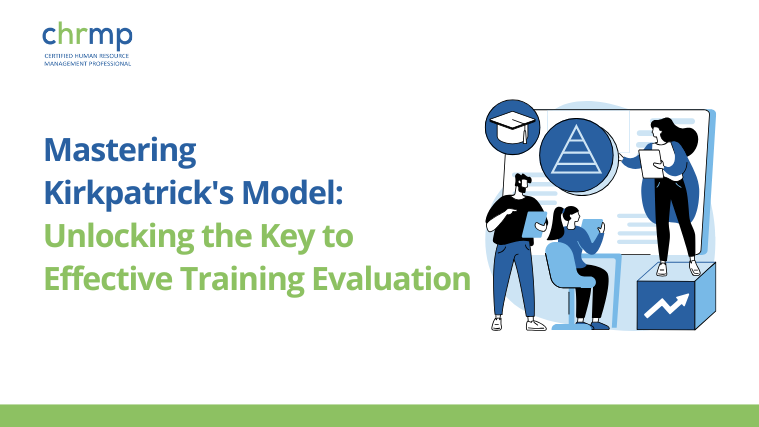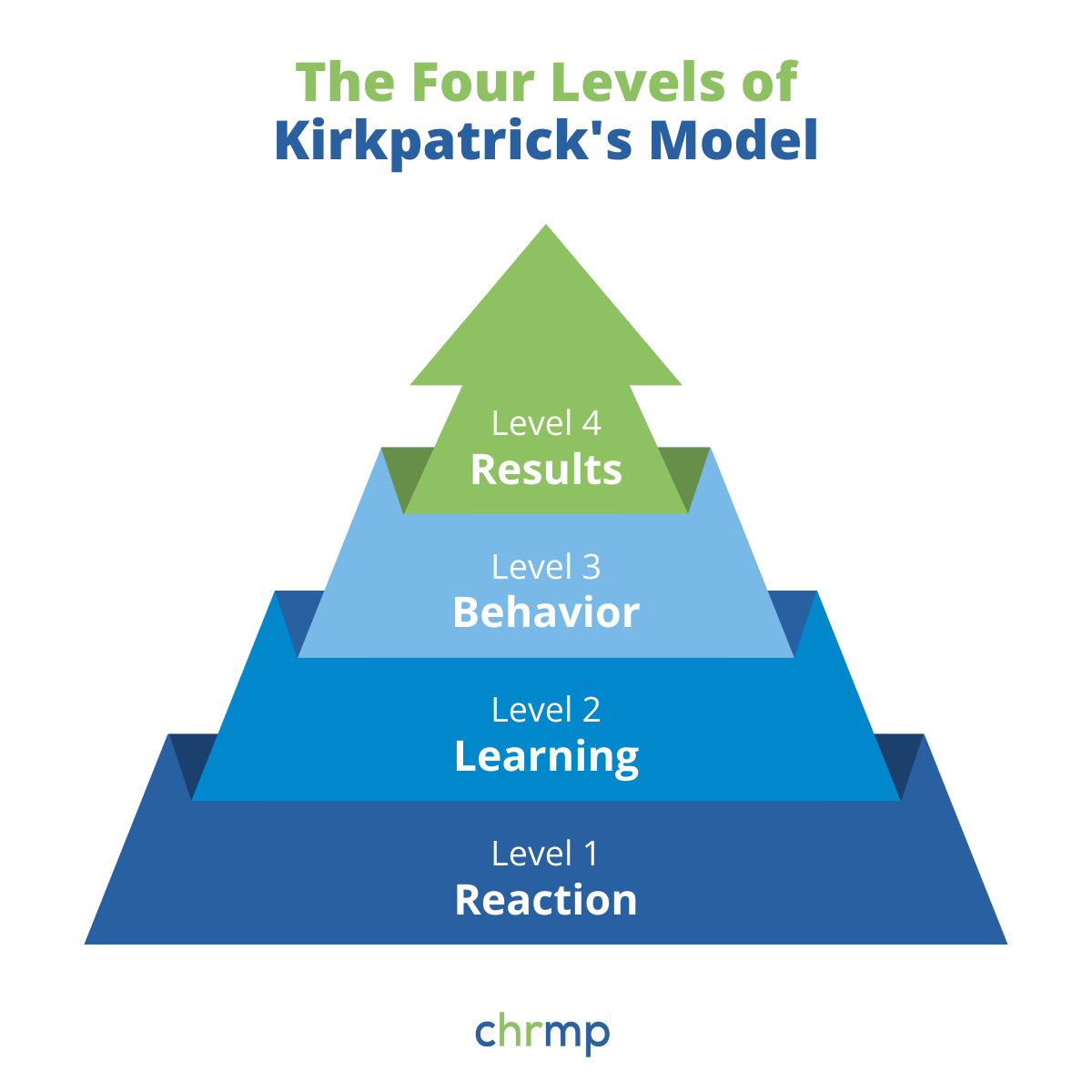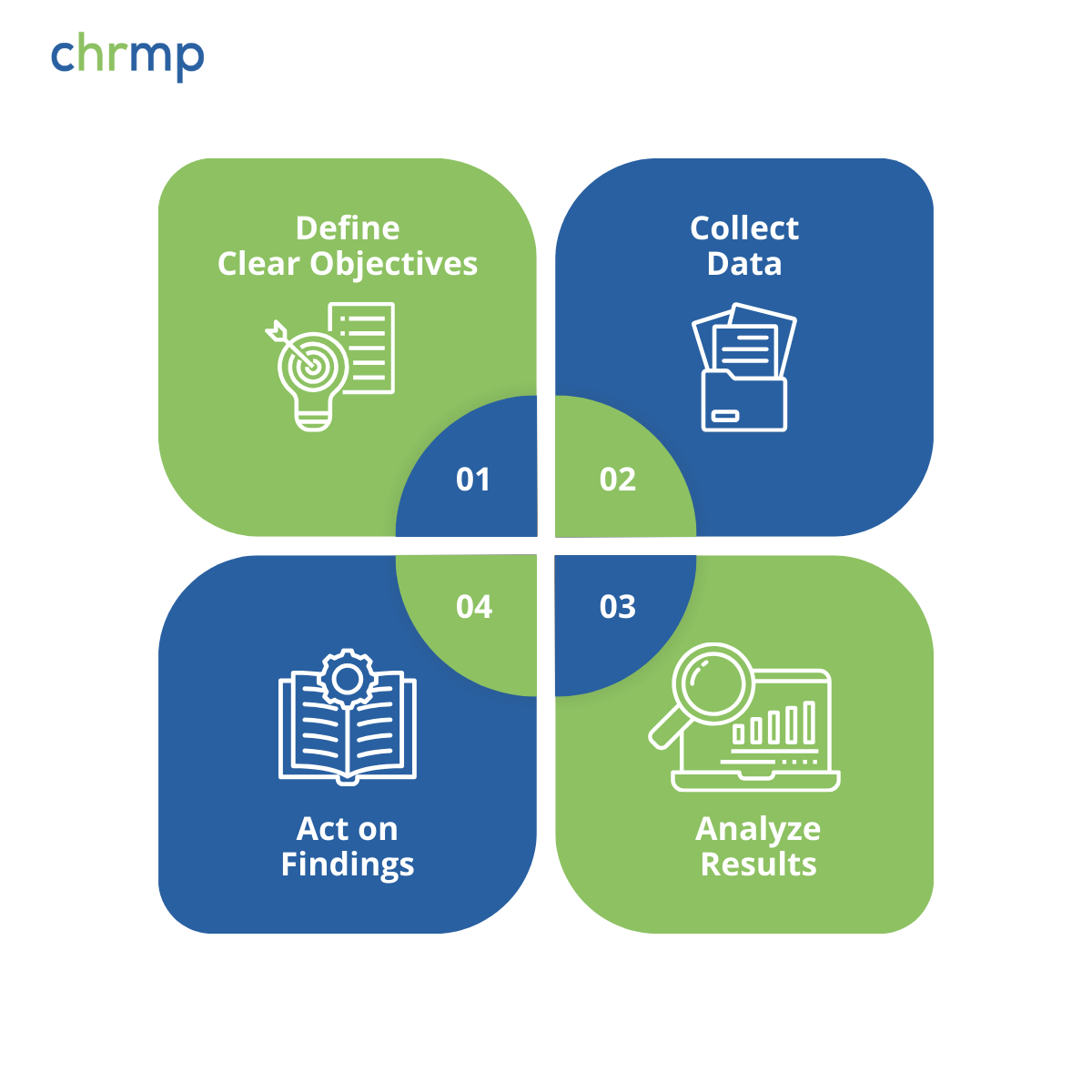

In the ever-evolving landscape of human resources, effective training programs are paramount for organizational success. However, the real challenge lies in evaluating these training programs to ensure they deliver the desired outcomes. Enter Kirkpatrick Model, a time-tested framework that stands as the gold standard in training evaluation.
This blog will delve into the nuances of Kirkpatrick’s Model, providing HR professionals with practical insights and real-world applications to master this essential tool.
Kirkpatrick’s Model, developed by Donald Kirkpatrick in 1959, offers a comprehensive approach to evaluating training programs across four distinct levels. This model helps HR professionals understand the impact of their training initiatives from multiple perspectives, ensuring a holistic evaluation process.
Donald Kirkpatrick, a pioneer in training evaluation, introduced this model to provide a structured method for assessing the effectiveness of training programs. His model has since been refined and expanded, becoming a cornerstone for HR and L&D professionals worldwide.

The first level, Reaction, measures participants’ initial reactions to the training. Did they find it engaging? Was the content relevant? Gathering this feedback is crucial as it sets the stage for deeper levels of evaluation.
Example: After a leadership training session, participants complete a survey rating their satisfaction with the course materials, instructor, and overall experience. Positive feedback at this stage can indicate a well-received program, laying the groundwork for further analysis.
Tools for Measuring Reaction:
Limitations:
At the Learning level, the focus shifts to what participants have actually learned. This involves assessing the increase in knowledge or skills as a direct result of the training.
Example: A sales team undergoes product training and takes pre- and post-training tests. Comparing the results helps measure the knowledge gained, providing a clear indicator of the training’s effectiveness in imparting essential information.
Tools for Measuring Learning:
Limitations:
Behavior evaluation examines changes in participants’ behavior on the job. Are they applying the skills and knowledge acquired during training? This level often requires a longer timeframe to observe meaningful changes.
Example: Six months after a customer service training program, supervisors observe and document changes in employee interactions with customers. Increased customer satisfaction scores can be linked to the improved behaviors taught during the training.
Tools for Measuring Behavior:
Limitations:
The Results level measures the ultimate impact of the training on organizational goals and outcomes. This includes metrics such as increased productivity, higher sales, or improved employee retention rates.
Example: A company implements a new project management training program. Over the next year, they track project completion rates, cost savings, and client satisfaction. Positive trends in these areas indicate that the training has successfully contributed to achieving strategic business objectives.
Tools for Measuring Results:
Limitations:

Implementing Kirkpatrick’s Model in your organization involves a systematic approach:
A multinational corporation implemented Kirkpatrick’s Model to evaluate their global leadership development program. By analyzing data from all four levels, they identified that while participants were satisfied with the training (Level 1) and showed significant knowledge gain (Level 2), behavioral changes (Level 3) were inconsistent across regions. This insight led to targeted follow-up training and coaching, ultimately improving leadership effectiveness and driving better business results (Level 4).
Kirkpatrick’s Model of Curriculum Evaluation expands the original framework to assess educational curricula comprehensively. It focuses on the relevance, coherence, and impact of curricula on student outcomes.
Additionally, an emerging fifth level, often referred to as “Return on Expectations” (ROE), integrates stakeholder expectations into the evaluation process, providing a broader perspective on training effectiveness.
Adopting Kirkpatrick’s Model offers several benefits:
To maximize the effectiveness of Kirkpatrick’s Model, HR professionals should consider the following best practices:
The outcome of a comprehensive training evaluation using Kirkpatrick’s Model is a Training Effectiveness Report. This report is crucial for several reasons:
Mastering Kirkpatrick’s Model is essential for HR and L&D professionals committed to delivering impactful training programs. By systematically evaluating training at all four levels, organizations can ensure their programs are effective, relevant, and aligned with business goals. In an increasingly competitive business environment, leveraging Kirkpatrick’s Model can unlock the key to superior training evaluation, driving long-term success and organizational growth.
Whether you’re new to training evaluation or looking to refine your existing processes, Kirkpatrick’s Model offers a robust framework to achieve excellence in training outcomes. Start implementing this model today and witness the transformative power of effective training evaluation.

© 2007-2025 CHRMP| All Rights Reserved | Powered by Ripples Learning & Research Private Limited
